Advanced Care for Hip Pain
Much like shoulder and knee arthroscopic surgeries, hip arthroscopy is often a worthwhile option for patients who suffer from long-term hip conditions. The type of treatment or surgery you need to address hip pain depends largely on what specifically is causing the issue, and if arthroscopic surgery for the hip joint is a good option for your individual condition. Dr. Benji Miller, fellowship trained sports medicine and arthroscopy surgeon at CSMO, is one of the only Chattanooga doctors able to perform this procedure.
What is Hip Arthroscopy?
Hip arthroscopy is a minimally-invasive surgery, sometimes referred to as keyhole surgery, where your orthopaedic surgeon accesses and views the injured hip joint and its surrounding structures with a small tool called an arthroscope. This specialized fiber optic instrument also features a tiny camera that, when inserted into the joint through a series of small incisions, projects images from inside the joint onto a large monitor. Your surgeon can then look for damage, access the type and severity of the injury, and potentially even repair the problem.
What hip issues can be treated with this procedure?
Hip arthroscopy may be recommended as a treatment option for hip pain that does not respond to other non-surgical treatment methods. Potential hip ailments that could be treated with this procedure include:
- Soft Tissue or Tendon Damage
- Labral Tears
- Femoroacetabular Impingement (FAI)
- Snapping Hip Syndrome
- Synovitis
- Chondral (Cartilage) Injuries
- Iliotibial (IT) Band Syndrome
- And more
If you suffer from any of these conditions, you might be a good candidate for hip arthroscopy.
Benefits of Arthroscopic Hip Surgery
Some advantages of minimally invasive surgery and hip arthroscopy include:
- Diminished postoperative pain
- Outpatient procedure
- Less risk for complications
- Faster recovery overall
- Easier return to normal activities
What to Expect the Day of the Procedure
On the day of your surgery, you will be placed under general anesthesia. The procedure generally takes one to two hours to complete depending on the extent and type of damage to your hip joint. When the arthroscopic procedure is completed, the surgical instruments are removed and the small incisions made are closed with dissolvable stitches.
Immediately following your surgery, you will be transferred to the recovery room for monitoring, and as soon as the surgical team determines it’s safe, you’ll be discharged to recover in the comfort of your own home.
Post-Procedure Care & Recovery
Post-procedure care and rehabilitation is a critical part of recovery, and can affect the overall success of your surgery. Most patients begin physical therapy one to two days after the procedure, and the course of PT will be customized to each person’s specific needs and goals. Patients also begin in-home exercises the day after surgery using either a bike or continuous passive motion machine (CPM). This exercise helps to prevent the formation of excess scar tissue, and eliminates stiffness in the hip after arthroscopy.
Although every patient is different, physical therapy typically lasts three to four months after surgery. That said, your hip function will continue to improve for up to an entire year after the procedure, and progress will be closely monitored by your physical therapy team and surgeon. The majority of patients are able to return to their usual recreational activities– such as golfing or light jogging– as soon as three or four months after surgery.
Work with CSMO
Are you ready to find relief for your hip pain? Our experienced team at CSMO is here to help you with a custom treatment plan tailored to your specific needs. Reach out to our helpful team today!














